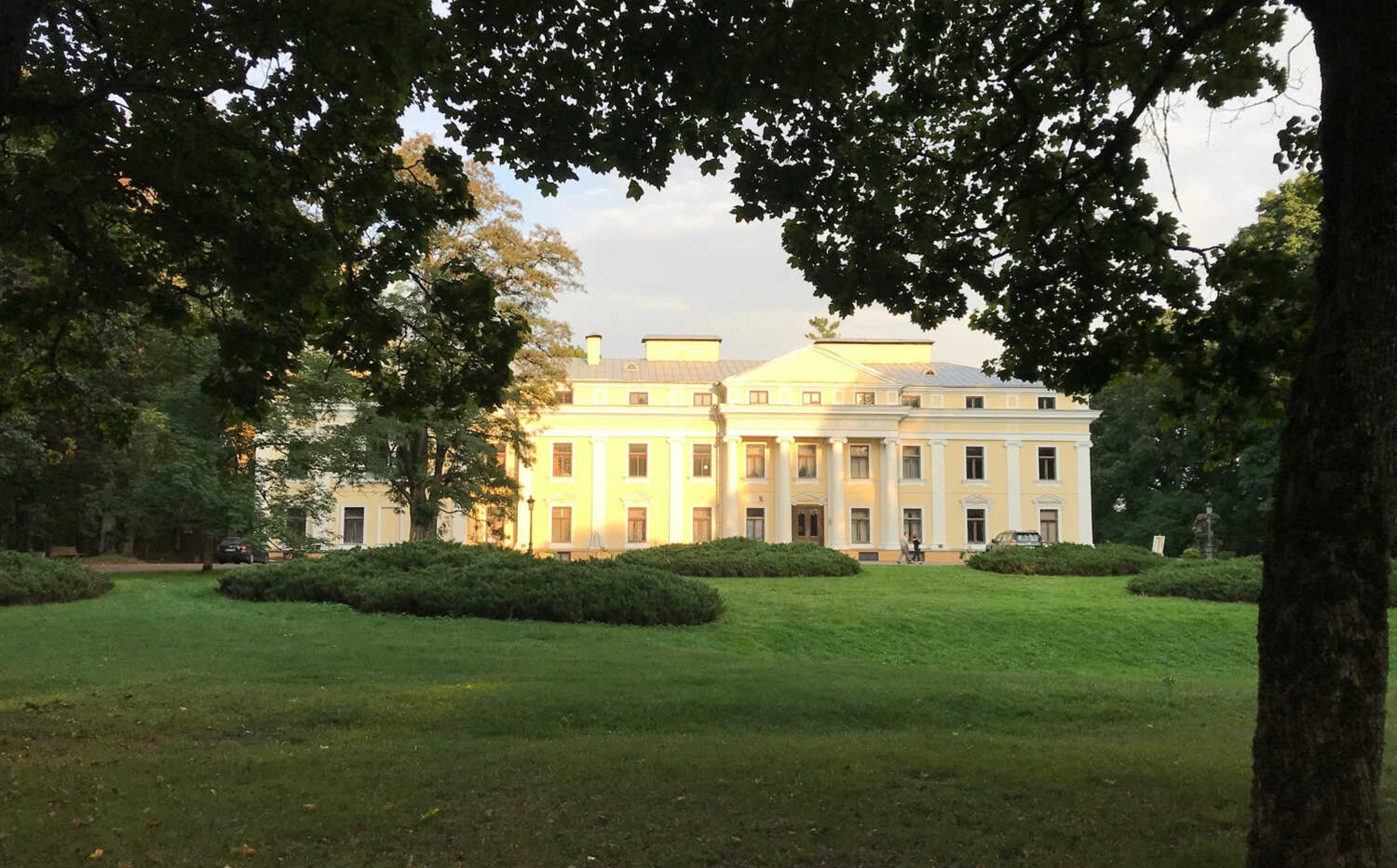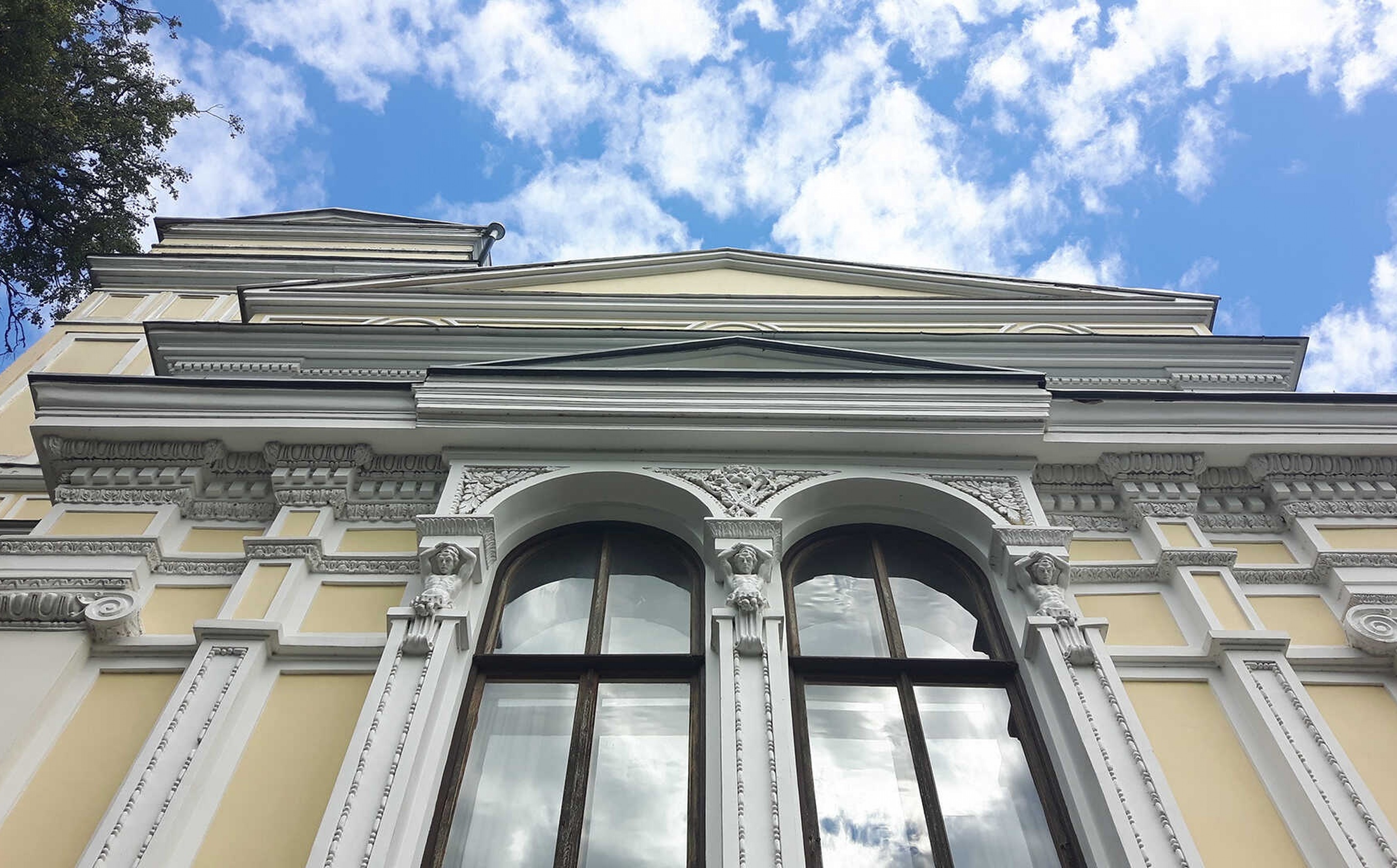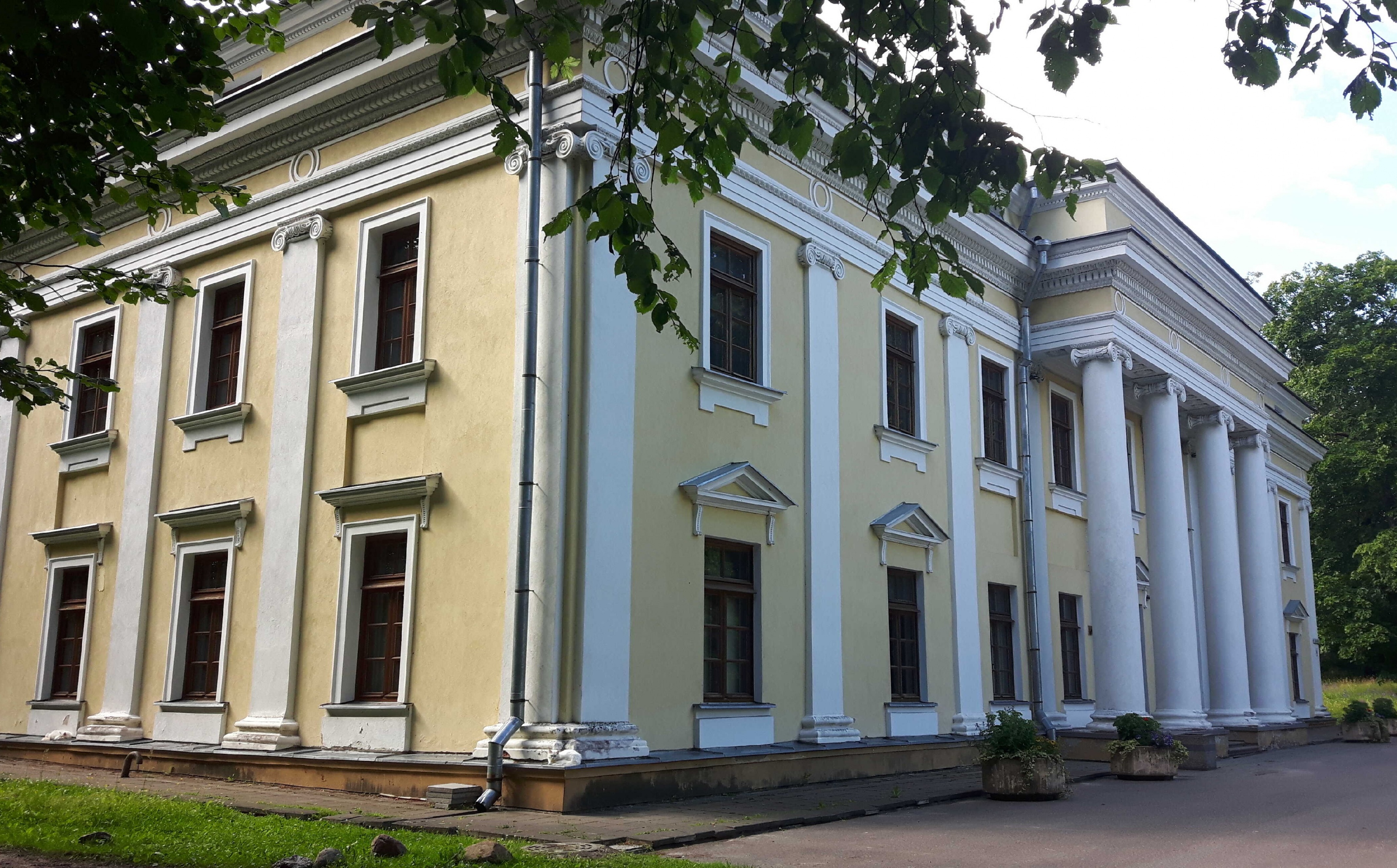Verkiai Manor
- Home
- Castles and Manors
- Verkiai Manor
The first mention of Verkiai dates back to the end of the XIV century, when Jogaila gave it to the Bishop of Vilnius. There were no masonry buildings here until the end of the XVII century; the Verkiai Palace Ensemble was built in the XVIII century by Marcin Knackfus and Laurynas Gucevičius, the most prominent architects of that time. They did an artistic job of incorporating the Neoclassical buildings into the natural environment.
The Manor experienced a lot of damage during the First World War. Between the wars its buildings were used as boarding and summer houses. Before the Second World War a livestock breeding school was located at the Manor. During the Soviet era the technical school remained and a school for collective farm chairmen was added. Since 1960 the ensemble belonged to the Academy of Sciences.
The central manor house was demolished around 1842. Some of the buildings of the manor ensemble are still standing, including two servants' quarters, but all that is left of the palace is the vaulted cellar. The unique architectural ensemble of Verkių Palace is preserved in the Verkiai Landscape Architecture Reserve. Currently, the Institute of Botany is established there.


